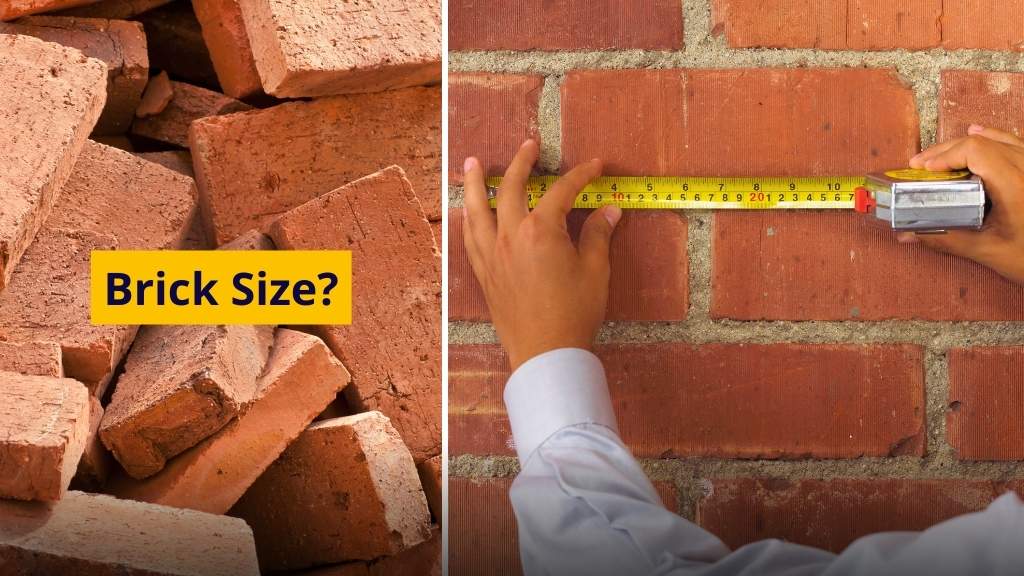
Bricks are the backbone of construction, providing strength and durability to structures. However, understanding the standard brick sizes is essential for accurate planning, cost estimation, and efficient construction.
In India, brick sizes can vary slightly based on region and purpose, but specific standards are widely accepted in the industry. Using the correct brick size ensures uniformity, reduces material wastage, and enhances structural stability. In this article, we’ll discuss the standard brick sizes in India, their types, their dimensions, and their role in construction projects.
Standard Size of Bricks in India in Inches
- Modular/Metric Bricks: The size is 190 mm x 90 mm x 90 mm (length x width x height). These bricks are machine-made and widely used in construction.
- Non-modular Bricks: The size is 230 mm x 110 mm x 70 mm (length x width x height). These bricks are larger than the modular bricks and are also commonly used in construction.
- Traditional Bricks: The size is 230 mm x 110 mm (length x width). These bricks have been used traditionally in construction and are still in use today.
These are the standard brick sizes in India. Now, let’s look at the standard size of bricks in India in inches.
Please note: These sizes may vary slightly depending on the specific manufacturer or region in India.
The standard size of a brick in India is typically 9 inches x 4.5 inches x 3 inches. This size is widely used and commonly referred to as the “Indian Standard Brick” size.
Brick Sizes in Different Parts of the World
Now that we’ve covered brick sizes in India, here are some common brick sizes used in various countries:
1. United States and Canada:
- Standard Brick: 203 mm x 92 mm x 57 mm (length x width x height)
- Modular Brick: 194 mm x 92 mm x 57 mm (length x width x height)
- Utility Brick: 203 mm x 92 mm x 57 mm (length x width x height)
2. United Kingdom:
- Metric Brick: 215 mm x 102.5 mm x 65 mm (length x width x height)
- Imperial Brick: 222 mm x 106.5 mm x 73 mm (length x width x height)
3. Australia:
- Standard Brick: 230 mm x 110 mm x 76 mm (length x width x height)
- Slim Brick: 230 mm x 110 mm x 50 mm (length x width x height)
4. Europe:
- European Modular Brick: 240 mm x 115 mm x 71 mm (length x width x height)
5. South Africa:
- Standard Brick: 222 mm x 106 mm x 73 mm (length x width x height)
6. China:
- Standard Brick: 240 mm x 115 mm x 53 mm (length x width x height)
- King Size Brick: 240 mm x 115 mm x 90 mm (length x width x height)
7. Japan:
- Standard Brick: 230 mm x 113 mm x 70 mm (length x width x height)
- Engineering Brick: 230 mm x 113 mm x 30 mm (length x width x height)
8. Argentina:
- Standard Brick: 225 mm x 110 mm x 75 mm (length x width x height)
9. Brazil:
- Standard Brick: 230 mm x 110 mm x 75 mm (length x width x height)
5 Different Types of Bricks Used In Construction
1. Sun-Dried Bricks
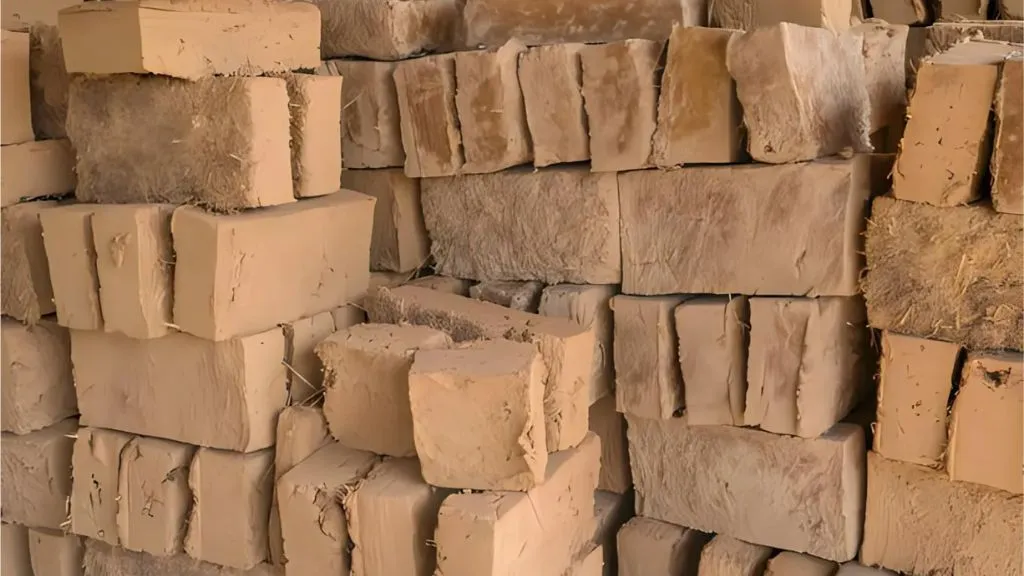
Sun-dried bricks are an ancient and traditional method of brick production. They are made by mixing clayey soil, sand, straw or other organic material to form a paste-like consistency. The mixture is then shaped into brick moulds or hand-formed into individual bricks.
After moulding, the bricks are left to dry in the sun, allowing the moisture to evaporate naturally. This drying process can take several weeks, depending on the weather conditions. Once dry, the sun-dried bricks are typically stacked and used in construction.
Sun-dried bricks have been used for thousands of years and are still employed in many regions worldwide, particularly in areas with abundant clayey soil and a dry climate. They have several advantages, including being low-cost, environmentally friendly, and providing good thermal insulation. However, they also have limitations, such as lower strength compared to fired bricks and susceptibility to erosion or deterioration if exposed to excessive moisture.
2. Burnt Clay Bricks
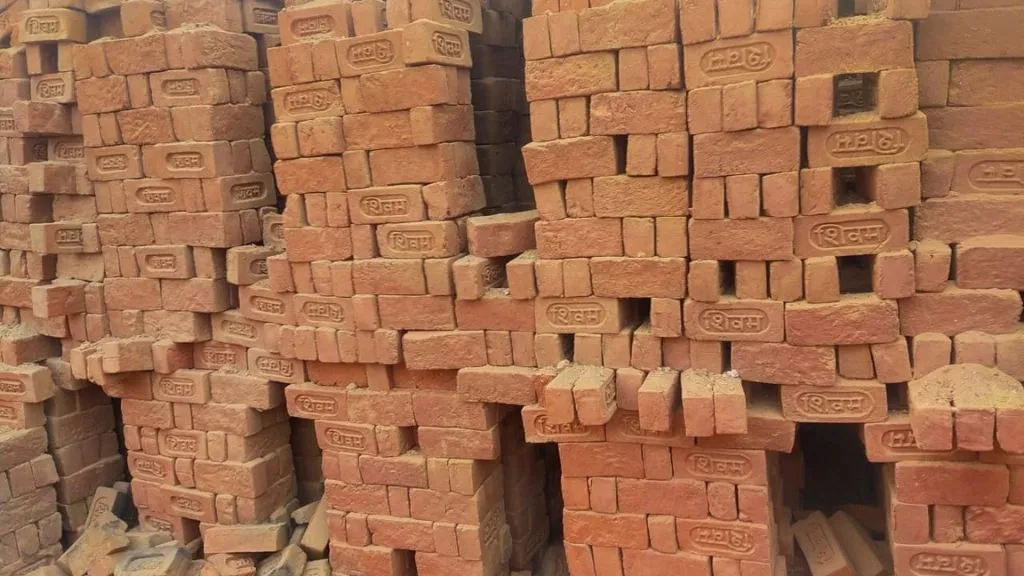
Burnt clay bricks are one of the most common and widely used types of bricks. They are made by shaping clay into moulds and then firing them in a kiln at high temperatures.
The advantages of burnt clay bricks include their high strength, durability, and fire resistance. They are suitable for load-bearing walls, foundations, and other structural applications. Burnt clay bricks also provide good thermal insulation, helping to regulate the temperature inside buildings.
However, there are some considerations with burnt clay bricks. They can be relatively expensive compared to other types of bricks, especially if high-quality clay is required. Additionally, the firing process consumes energy and releases carbon dioxide emissions. Therefore, there has been increasing interest in alternative brick production methods that are more sustainable and environmentally friendly.
3. Concrete Bricks
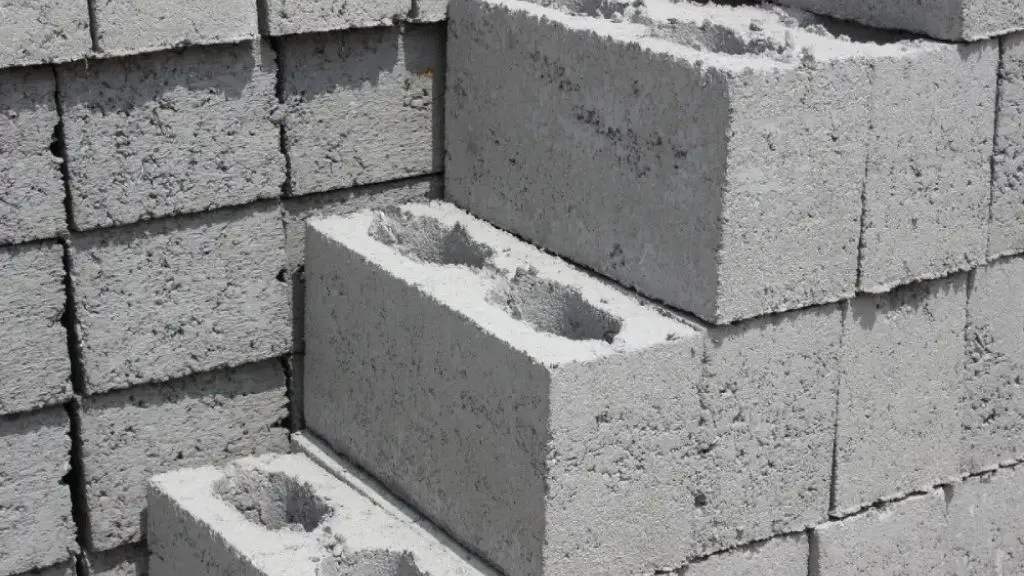
Concrete Bricks are made from a mixture of cement, sand, aggregate, and water. They are commonly used in construction for various applications, including walls, partitions, foundations, and structural elements.
Concrete bricks are known for their high compressive strength and durability. They can withstand heavy loads and resist weathering, making them suitable for load-bearing applications. Concrete bricks provide good thermal insulation properties, helping to regulate the temperature inside buildings. They also offer sound insulation, reducing noise transmission between rooms or from the outside.
However, concrete bricks are heavier compared to some other brick types, which may require additional structural considerations during construction.
4. Fly Ash Bricks
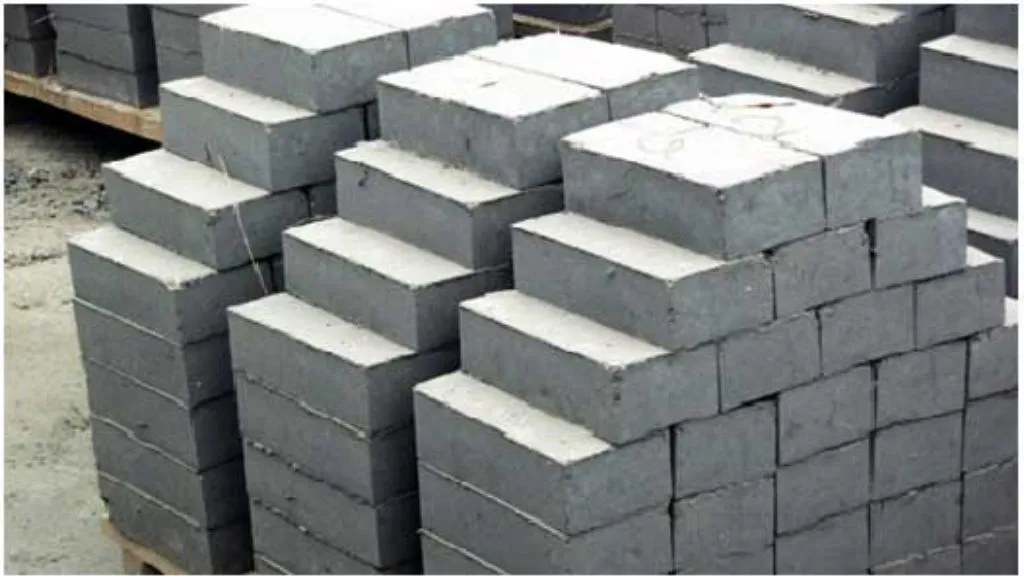
Fly ash bricks are made from a mixture of fly ash, sand, cement, and water. Fly ash is a byproduct of coal combustion in thermal power plants, and its utilization in brick production offers environmental benefits by reducing waste and conserving natural resources.
The utilization of fly ash, a waste material, in brick production reduces the amount of fly ash that would otherwise be disposed of in landfills. This contributes to environmental sustainability and reduces the demand for conventional clay bricks.
Fly ash bricks have good thermal insulation properties, helping to regulate the temperature inside buildings and reducing the need for additional insulation materials. These bricks are generally lighter compared to traditional clay bricks or concrete blocks. This reduces the overall weight of the structure and can lead to cost savings in foundation and transportation. Lastly, they are known for their strength and durability. They exhibit good compressive strength and resistance to weathering and erosion.
5. Engineering Bricks
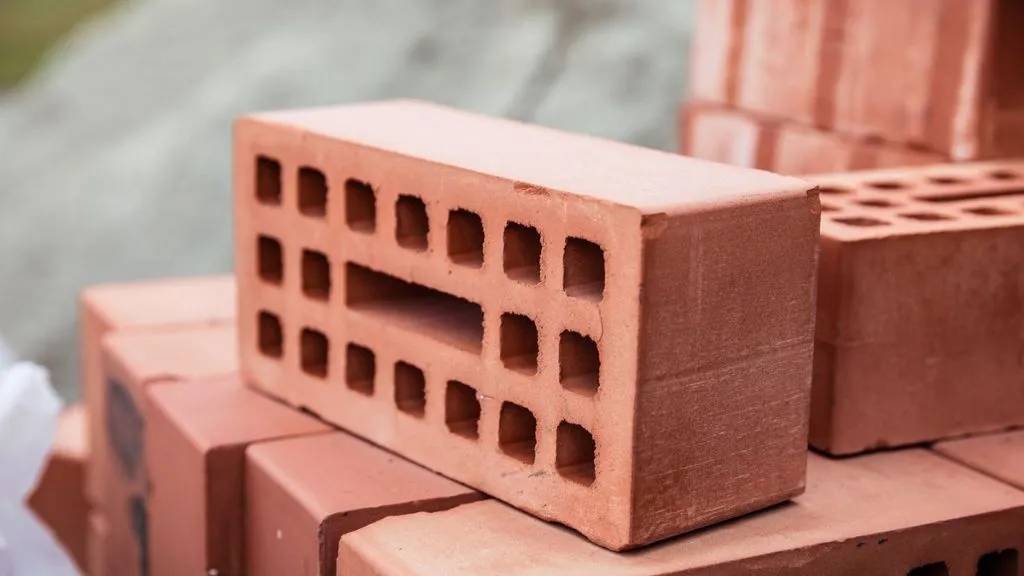
Engineering bricks are specialized bricks used in construction for their high strength, durability, and resistance to water penetration. They are primarily used in applications where a strong brick is required, such as in areas exposed to high moisture, damp conditions, or where load-bearing capacity is crucial.
Engineering bricks are commonly used in foundations, retaining walls, underground structures, damp-proof courses, and areas exposed to chemical or acidic environments. They provide structural integrity, and resistance to moisture, and help maintain the overall stability of the building.
6. Fire Bricks
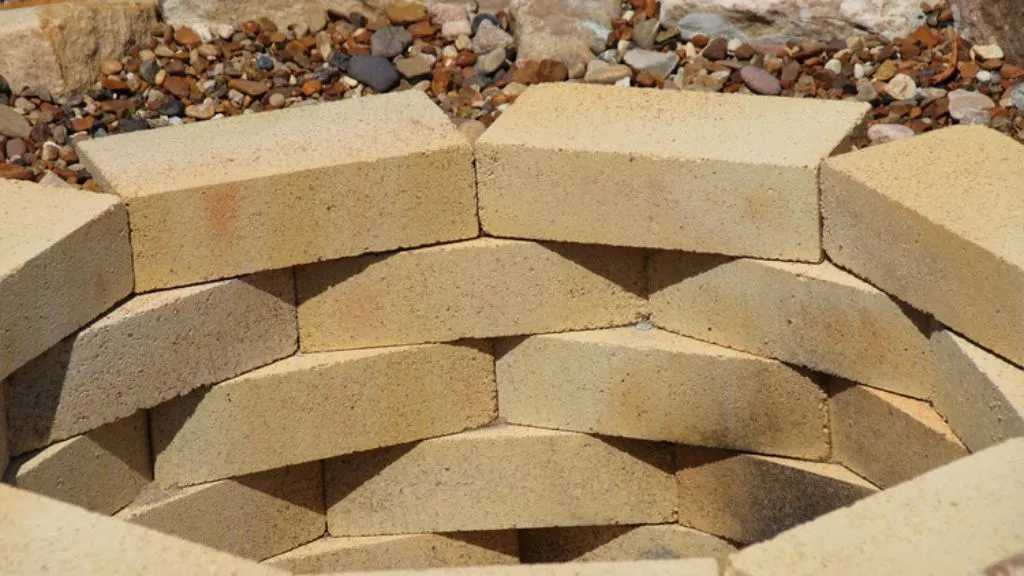
Fire bricks are designed to withstand high temperatures and provide excellent thermal insulation. They are used in applications where heat resistance and protection against fire are required, such as in fireplaces, furnaces, kilns, and industrial boilers.
Fire bricks are capable of withstanding extremely high temperatures without deforming or crumbling. They can withstand temperatures ranging from 1,200°C to 1,800°C (2,192°F to 3,272°F) and higher, depending on the type of fire brick. They have refractory properties, meaning they have a low thermal conductivity and can withstand thermal shock. This allows them to retain their structural integrity and insulation capabilities even when exposed to rapid temperature changes.
Fire bricks offer excellent thermal insulation, helping to contain and reflect heat within the desired area. This insulation property is essential for maintaining high temperatures and preventing heat loss to the surrounding environment. When selecting fire bricks, it is crucial to consider the specific temperature requirements, type of application, and any specific regulations or standards applicable to the industry or region.
7. Hollow Bricks
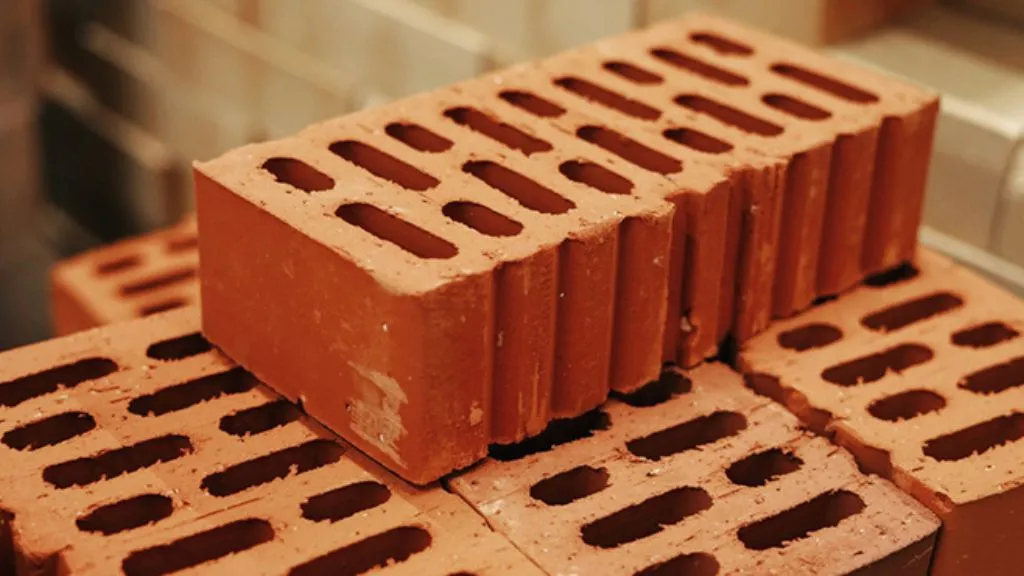
Hollow bricks have hollow cores or voids. They are widely used in construction for their lightweight nature, thermal insulation properties, and ease of handling and installation.
Hollow bricks have voids or hollow spaces running through them, which reduce their weight and provide better thermal insulation compared to solid bricks. The voids also allow for the placement of reinforcement bars or other materials, if required.
The hollow cores of these bricks create air pockets that act as insulation, helping to regulate the temperature inside buildings. This can reduce the need for additional insulation materials and improve energy efficiency. They are generally more cost-effective than solid bricks due to their reduced weight and material requirements. They also provide savings in terms of transportation and construction labour.
8. Interlocking Bricks
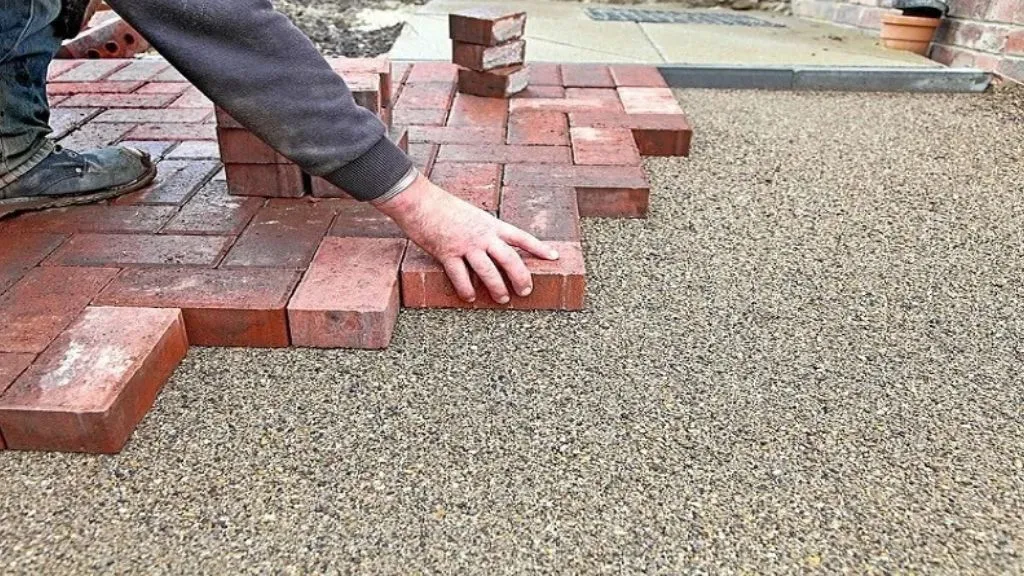
Interlocking bricks are designed to fit together like puzzle pieces without the need for mortar or adhesive. The unique design of interlocking bricks allows them to be stacked and interconnected, creating a strong and stable structure.
Interlocking bricks have specially shaped edges or grooves that enable them to fit together tightly. The interlocking mechanism eliminates the need for mortar or other binding agents, providing a convenient and efficient construction method.
They are relatively easy to install, as they can be dry-stacked without the need for skilled labour or specialized equipment. This saves time and reduces construction costs. The interlocking mechanism of these bricks creates a stable and self-supporting structure. The bricks lock into place, preventing shifting or movement over time.
To Sum It Up – Standard Brick Sizes in India
Bricks have been an essential part of construction throughout history, offering durability, versatility, and timeless appeal. As technology advances, bricks continue to evolve with innovations like interlocking designs and sustainable materials. These advancements enhance structural integrity while promoting environmental sustainability.






